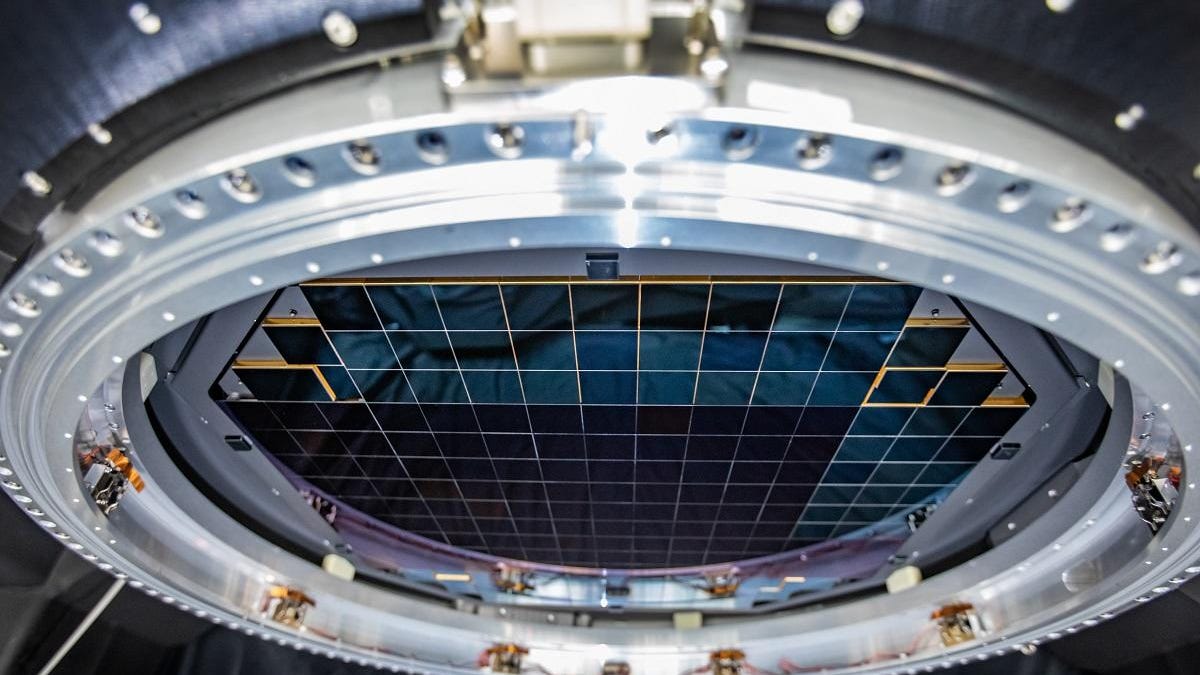Why are we all messing around upgrading our digital cameras time and time again, basically for minimal increases of resolution. 6, 12, 18, 24, 37, 50...maybe even 100 or 150 MP and we always say that's more than enough. Yet we keep coming back for more and more. Why waste all that money, just go big all at once and get out of the rat race. Link below has the answer to our salvation  .
.
P.S. Storage of the camera may be a bit of an issue....backpacks need not apply.
Dave (D&A)

 www.zdnet.com
www.zdnet.com
P.S. Storage of the camera may be a bit of an issue....backpacks need not apply.
Dave (D&A)

The world's largest digital camera has taken the first 3,200 megapixel photo
World's largest camera is expected to be complete by mid-2021 and will start collecting images of about 20 billion galaxies.
 www.zdnet.com
www.zdnet.com
Last edited:
